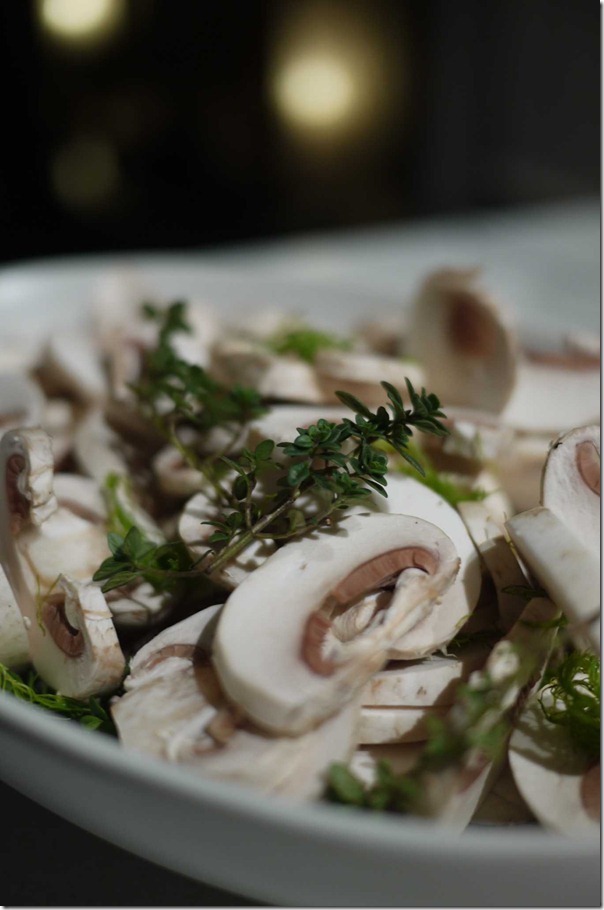
Substitution is often more complicated than that because recipes can specify sprigs and sprigs can vary in yield of leaves. As usual with dried herbs less of it is required when substituted in a recipe.Īs a rule of thumb, use one third as much dried as fresh thyme - a little less if it is ground. Thyme retains its flavor on drying better than many other herbs. Leaves may be removed from stems either by scraping with the back of a knife, or by pulling through the fingers or tines of a fork. It is perfectly acceptable to substitute dried for whole thyme. Usually when a recipe specifies 'bunch' or 'sprig' it means the whole form when it specifies spoons it means the leaves. in a bouquet garni), or the leaves removed and the stems discarded. If the recipe does not specify fresh or dried, assume that it means fresh.ĭepending on how it is used in a dish, the whole sprig may be used (e.g. A recipe may measure thyme by the bunch (or fraction thereof), or by the sprig, or by the tablespoon or teaspoon. It is composed of a woody stem with paired leaf or flower clusters ("leaves") spaced ½ to 1" apart. A sprig is a single stem snipped from the plant.

While summer-seasonal, fresh thyme is often available year round.įresh thyme is commonly sold in bunches of sprigs. The fresh form is more flavorful but also less convenient storage life is rarely more than a week. It is a common component of the bouquet garni, and of herbes de Provence.

(Arabic for thyme) contains thyme as a vital ingredient. In some Levantine countries, and Assyrian the condiment za'atar Thyme, while flavourful, does not overpower and blends well with other herbs and spices. It has a particular affinity to and is often used as a primary flavour with lamb, tomatoes and eggs. Thyme is often used to flavour meats, soups and stews. The herb is a basic ingredient in Levantine (Lebanese, Syrian, Jordanian, Palestinian), Libyan, Indian, Italian, French, Albanian, Persian, Portuguese, Assyrian, Spanish, Greek, Nigerian, Caribbean, and Turkish cuisines, and in those derived from them. Thyme is a good source of iron and is widely used in cooking. Its oxytocin-like effect causes uterine contractions and more rapid delivery of the placenta but this was said by Sheila Kitzinger to cause an increased prevalence of retained placenta. In traditional Jamaican childbirth practice, thyme tea is given to the mother after delivery of the baby. Other infections and wounds can be dripped with thyme that has been boiled in water and cooled. The thymol and other volatile components in the leaf glands is excreted via the lungs, being highly lipid-soluble, where it reduces the viscosity of the mucus and exerts its antimicrobial action. The inflammation will normally disappear in 2 – 5 days. Because it is antiseptic, thyme boiled in water and cooled is very effective against inflammation of the throat when gargled 3 times a day. Medicinally thyme is used for respiratory infections in the form of a tincture, tisane, salve, syrup or by steam inhalation. It can also be found as the active ingredient in all-natural, alcohol-free hand sanitizers.Ī tea made by infusing the herb in water can be used for cough and bronchitis.

It has also been shown to be effective against the fungus that commonly infects toenails. Before the advent of modern antibiotics, it was used to medicate bandages. Thymol, an antiseptic, is the main active ingredient in Listerine mouthwash. The essential oil of common thyme (Thymus vulgaris) is made up of 20-54% thymol. Thyme was also used as incense and placed on coffins during funerals as it was supposed to assure passage into the next life. In this period, women would also often give knights and warriors gifts that included thyme leaves as it was believed to bring courage to the bearer. In the European Middle Ages, the herb was placed beneath pillows to aid sleep and ward off nightmares. It was thought that the spread of thyme throughout Europe was thanks to the Romans, as they used it to purify their rooms and to "give an aromatic flavour to cheese and liqueurs". The ancient Greeks used it in their baths and burnt it as incense in their temples, believing that thyme was a source of courage. Thyme is a culinary and medicinal herb of the genus Thymus.Īncient Egyptians used thyme for embalming.


 0 kommentar(er)
0 kommentar(er)
